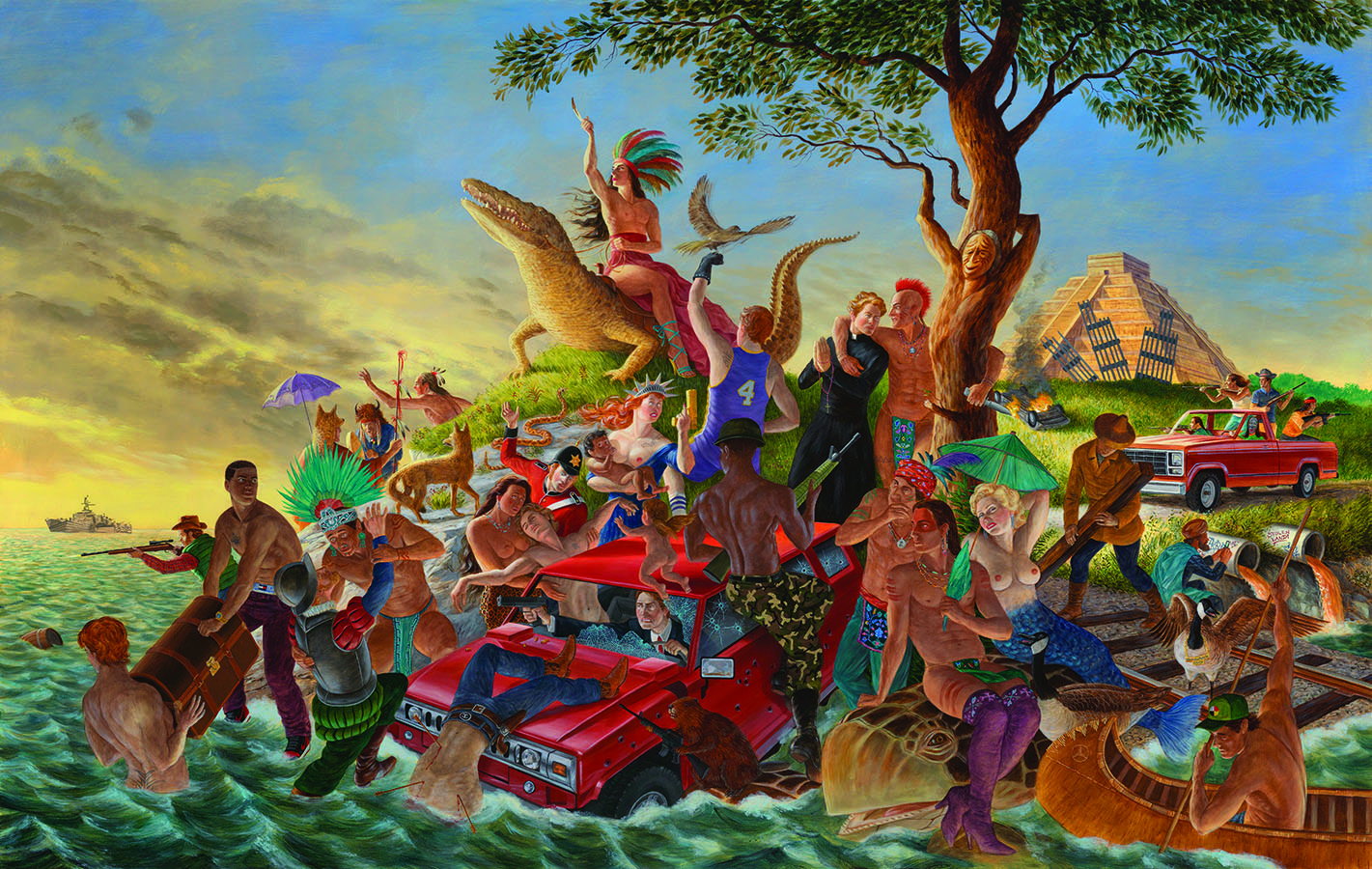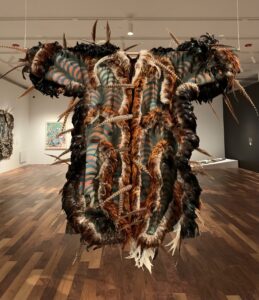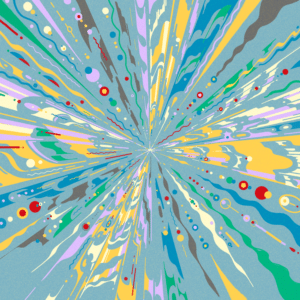“Larger than Memory: Contemporary Art from Indigenous North America” opens today at the Heard Museum in Phoenix, AZ. All of the works presented in the exhibition were produced since 2000, and many engage with current, critical dialogues around topics such as inequality, police brutality, and environmental racism.
“It’s so important to show contemporary Indigenous works because a lack of that representation exacerbates the erasure of Indigenous people.”
“I know there is something larger than the memory of a dispossessed people. We have seen it,” the acclaimed poet Joy Harjo writes in “Grace.” That evocative bit of free verse has inspired the title of a new survey of contemporary Indigenous North American artists—”Larger Than Memory,” at the Heard Museum in Phoenix—in which reflecting on the past goes hand in hand with commenting on the present. Everything in the show was made since 2000, and many of the show’s twenty-four artists use their specific identities to address inequality and misrepresentation more broadly, taking on topics including police brutality and environmental racism.
“It’s so important to show contemporary Indigenous works because a lack of that representation exacerbates the erasure of Indigenous people,” says the show’s co-curator (with Diana Pardue) Erin Joyce. “By only showing them in a more historical context like many other museums do, you’re not allowing their survival and resiliency to be seen.”
The Heard, as a museum of mainly Indigenous American art, has been thinking along these lines for a while; in 2007, it presented the group show “Remix: New Modernities in a Post-Indian World.” But major institutions are only just starting to catch on, including the Whitney Museum, which prominently featured Indigenous artists such as Jeffrey Gibson, Nicholas Galanin, and Laura Ortman in its 2019 Biennial, and the Metropolitan Museum of Art, which installed the Cree artist Kent Monkman’s large-scale paintings incorporating his gender-fluid alter ego in its Great Hall last year. “The representation has been slow in coming but I think we’re seeing it gain traction, and not just in a ‘trend’ or tokenizing way,” Joyce says. “Time will tell.”







